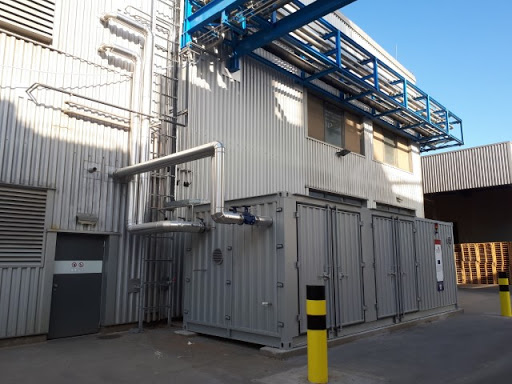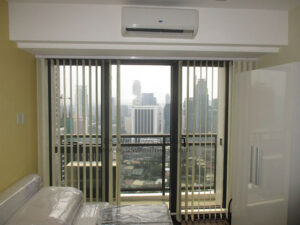Particulate Filters and Catalytic Filters

The pressure is strong to make wood energy cleaner, which is already green.
Before talking about technologies, let’s remember the importance of using efficient appliances, well sized, well installed, well swept with quality fuel. On this subject, Ademe specified in its 2014/2016 impact study with Ceric that the passage from 40% to 100% dry wood would allow dividing by 4 the total emissions of particles!
PARTICLE FILTERS AND CATALYTIC FILTERS TO LIMIT POLLUTANT EMISSIONS FROM WOOD HEATING
The combustion of wood releases a certain number of pollutants. This is all the more true when using old appliances, open fireplaces, or poor-quality wood fuels. The main pollutants emitted by wood burning are fine particles PM10 and PM2.5, PAHs (polycyclic aromatic hydrocarbons), nitrogen oxides (NOx), volatile organic compounds (VOCs), as well as, to a lesser extent, sulfur dioxide (SO2) and carbon monoxide (CO).
Most of these emissions come from domestic wood-burning appliances. To ensure that these fine particle emissions do not hinder the development of wood energy, there are catalytic combustion and fine particle filtering solutions (more technical details here, noting that we will not be dealing with “cyclone” or “bag filter” technologies which, to our knowledge, do not yet have applications for the general public).

CATALYTIC FILTERS
LET US FIRST RECALL HOW CATALYTIC COMBUSTION WORKS:
Catalytic combustion devices exploit the natural phenomenon of catalysis. The principle is to force the unburned gases, during the first stage of combustion, to pass through a honeycomb structure before being evacuated into the smoke pipe. Coating these cells with components called catalysts (e.g. copper) lowers the ignition point of the gases passing through the cell structure, which allows catalytic combustion appliances to operate at low combustion rates while ensuring clean combustion. This system is generally very efficient, but the filter must be replaced regularly (2 to 6 years).
For domestic appliances, there are now catalytic filters that reduce the polluting emissions of combustion by 80% thanks to a controlled chemical reaction. The purification process is activated on the smoke at a temperature between 180°C and 500°C. Catalytic filters work without electricity according to Tech Idea.
SOME EXAMPLES OF CATALYTIC FILTERS:
- PALAZZETTI offers the O2RING solution which addresses the problem of fine particle emissions from wood fuel, especially at the ignition and reloading of chimneys. The filter is recyclable and can be reconditioned after 6/8 years of use. The flap optimizes the combustion during the ignition, door opening, and reloading phases. The great innovation is that the flap operates automatically as soon as the fireplace door is opened. This innovation was awarded the Grand Prize in the innovation competition at the 2011 Wood Energy Fair.
- FONDIS has also designed an efficient smoke treatment system: the Zero CO. The technology integrates a metal catalyst directly into the upper part of the fireplace. Inside the catalyst, organic pollutants are oxidized and become non-polluting. Zero CO works at all stages of combustion and more particularly in the critical pollution phases (ignition and extinction).
- POUJOULAT has developed a reliable and innovative solution based on the European patent of the Fondis company. This solution allows for reducing the CO emission for installed appliances whose technical characteristics are not in accordance with the current requirements.



